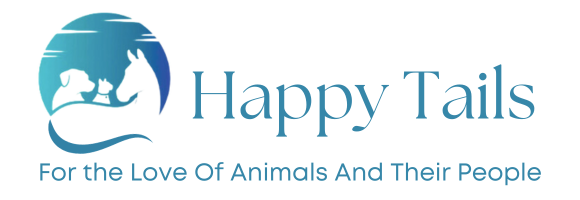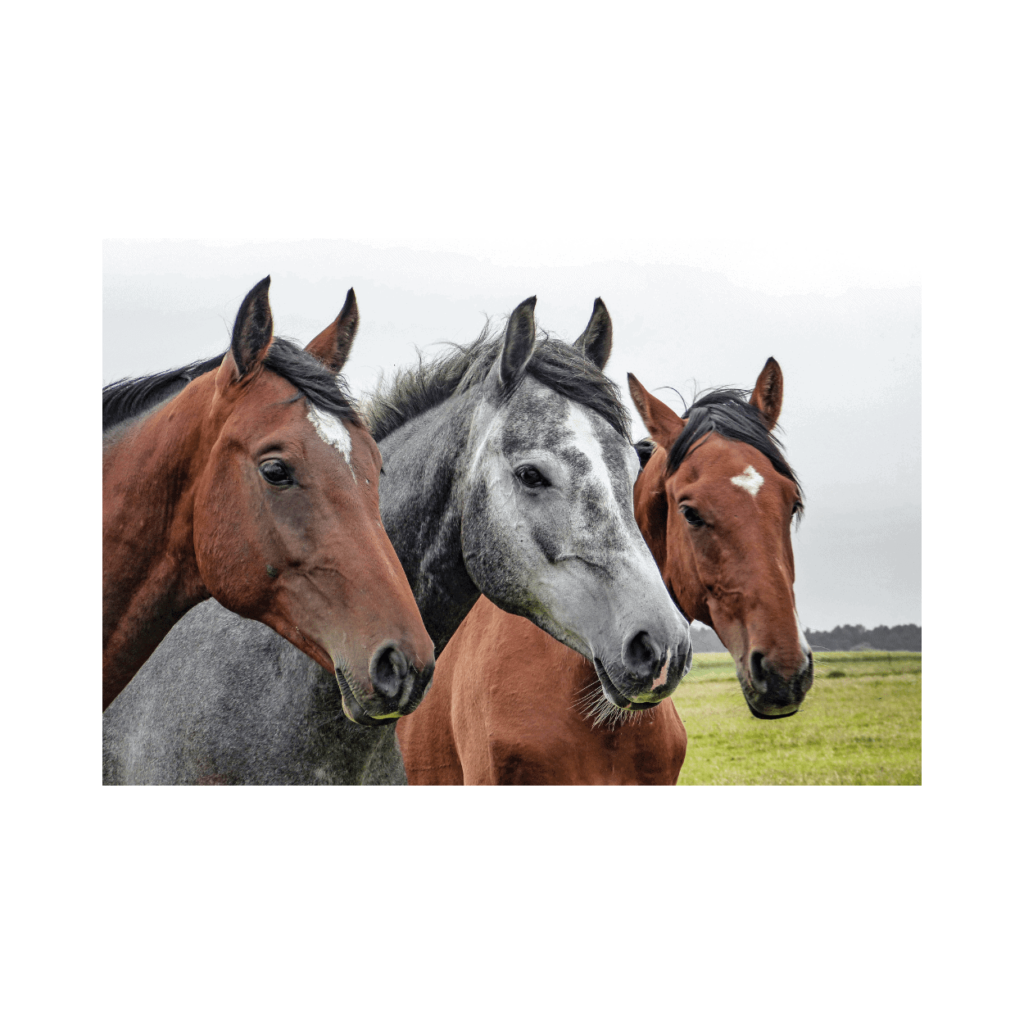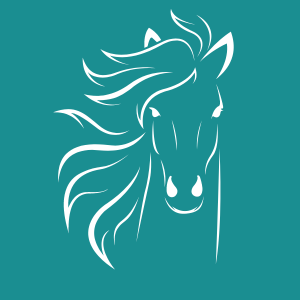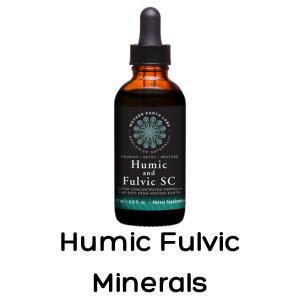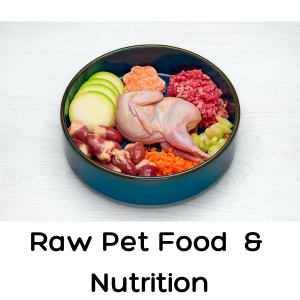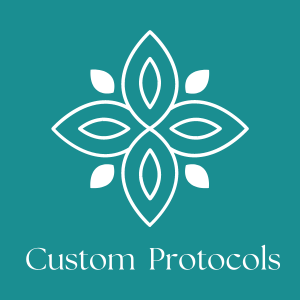How long do horses live? This is a great question. I think it depends on what angle we decide to take to decipher the answer. If we look at history we’ll find many accounts of an older horse living anywhere of up to almost 60 years of age.
If we look at genetics and predisposition we might find some breeds tend to live longer than others. Or we might find that a horse’s lifespan is contingent on the health of the broodmare at the time the foal was born. But none of this really tells us what may or may not be the more practical contributing factors.
More than this, I think the greater question is . . . how long can my horse live? There are a great many aspects that can influence the lifespan of a horse That’s what this post is all about. What can we do to create longevity? Most importantly, wouldn’t you agree, that the most relevant question is “How can I create the best quality of life for my beloved equine companion”?
Regardless of the duration of time that any life is lived, It is the Quality of that Life that counts
You could think of this in terms of your personal human relationships. Is it really the number of relationships you have or how long you’ve had them? Or is it the quality of connection, fulfillment, and most simply put, the Joy within these relationships?
In truth, it’s never up to us to determine the life span of anything, for that is determined by the Spirit. But it is up to us to shape and frame the best quality of life for everyone around us, mankind, and the animal kingdom.
What Factors Into How Long Do Horses Live?
There are some common denominators contributing to a horse’s health and the quality of a horse’s life regardless of horse breed, young horse, older horse, domestic horse, wild horse, male horse, a miniature horse, draft horse, quarter horse, pony, larger horses, smaller breeds, a feral horse or geriatric horses. The factors below are listed in the importance of priority.
Companionship ~ Largely Influences The Lifespan Of A Horse
Everyone knows horses are herd animals. But what exactly does that mean to you as a horse owner. It means your horse needs a buddy or several. Some horses can get away with no pasture mate but they’ll rely on you to have companionship with, and in reality, most people can’t spend the amount of time with their horse required to meet your horse’s inherent need.
Truly, the best idea is to have another buddy and it doesn’t always have to be another horse. It could possibly be a goat or a pony. The best alternative will be the choice your horse makes, who he or she picks.
Here’s another way to consider your horse’s feelings and well-being; have play days where they can possibly spend some time with a potential pasture/barn mate and see how it goes. See if they are receptive or not. Have patience and consideration for equine your friends, after all, they are sentient beings.
Training Expectations
There is no other way around how to say this, except to say it . . . and that is . . . . that people expect WAY too much from their horses almost all of the time. Understand that what we are sharing here is based on the practical experience of working with many horses over a significant period of time in both of our professions.
The best test is always that of how you are with your own animals, so we expound from our Master teachers, our own animals. Chief, Apollo, and Savannah share their knowledge and insight here with us.
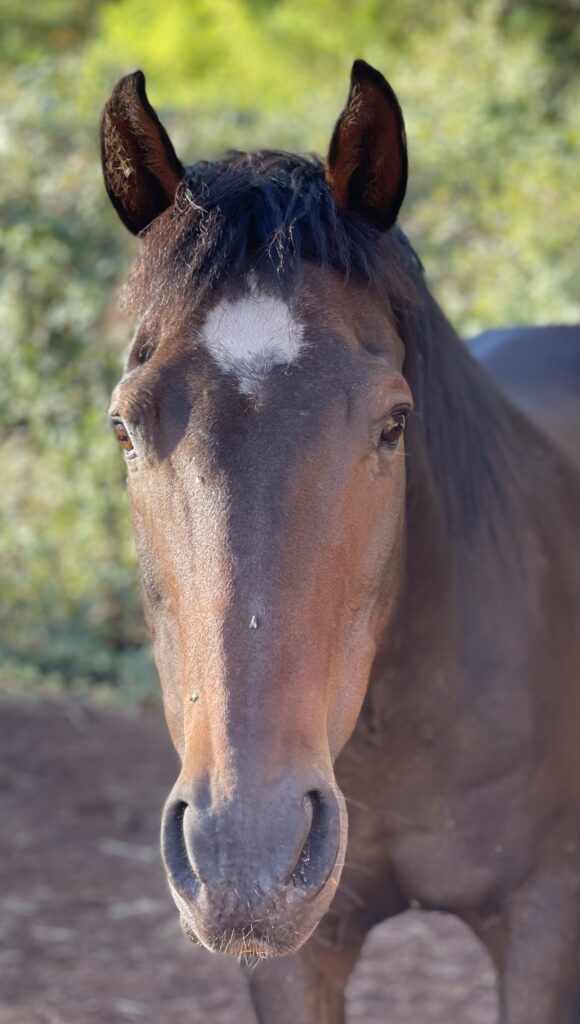
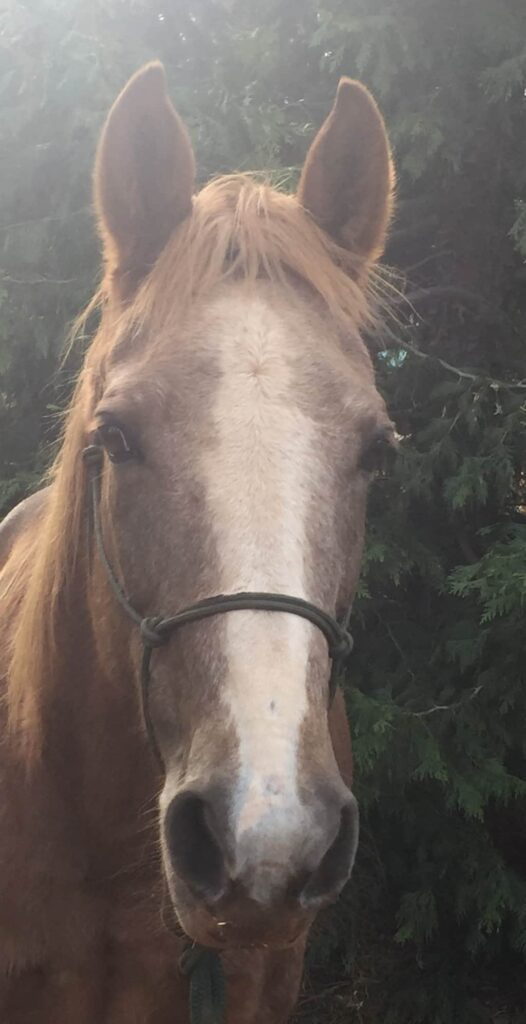
They’ve actually started their own trilogy the first one being titled: How to Live with a Horse. Here is an excerpt straight from the horses mouth:
“Our vision is quite different from human vision. Because of how our eyes are set we see things differently than you, we have a two-dimensional approach from the side and hopefully a three-dimensional approach looking forward.
What we are hoping for, is that before we begin working together, you understand how we see the world. For instance, we are mostly nearsighted on the left side because humans always walk up to us on the left and ask things of us from the left side.
This means we are generally far-sighted on the right. So when asking us to move to the left we may understand you all day long. But when asking us to move to the right we don’t ‘see’ the same way because of the far-sightedness on that side. We are asking that you don’t approach us with an agenda till you understand how we can receive the request, before scolding us.”
Thank you , Chief, Apollo and Savannah
Understanding Us Is Everything
You might wonder how this could possibly relate to ‘how long do horses live’? Not being understood on a constant and chronic basis leads to internal stress that eventually manifests externally in our health and well-being.
Nutrition
Just like us humans, quality nutrition for a horse means everything. I see it as the foundation of a horse’s health. Giving them proper nutrition is like fuel for the immune system. When the immune system is online and functioning, I always say it’s like a long-term insurance policy. A horse will feel better, function better, perform better, act better, think better and behave better. See our post, Healthy As A Horse, Not Just A Saying. I’ll share with you exactly what we give our horses for optimal nutrition. And the protocol we’ve suggested for many of our horse clients.
- Quality grass hay- horses are designed to eat grass. Not alfalfa. Cows eat alfalfa. Alfalfa causes horses to run hot and thus creates inflammation.
- Bioavailable Minerals – Humic and Fulvic Acid in this concentrates make a full gallon. 2-3 oz per day
- Coconut Meal ~ Coolstance
- Beet Pulp
- Herbal Mixes of various herbs such as Ashwagandha, Slippery Elm, Marshmellow Root, Passion Flower, Dandelion, and Milk Thistle. You could use many variations of herbal mixes depending on the specific needs of your horse such as supporting the adrenals, gut, and liver.
- Non-municipal Water! – this is a biggy. Most people don’t drink tap water and why would you give it to your horse. I know this is a tough one for many people that don’t have a well or filtered water system. But municipal water is loaded with chemicals, toxins, parasites, and heavy metals. This can be the cause of a host of health conditions and challenges.
RECIPE:
MAKE A BULK BATCH OF THIS HERBAL SUPPLEMENT FOR YOU HORSE. IT WILL SUPPORT THE IMMUNE SYSTEM, THE ADRENALS, THE LIVER. TAKE 15-20% OF EACH HERB IN POWDER FORM AND BLEND TOGETHER BY HAND IN A LARGE POT. GIVE YOUR HORSE 1-3 TABLESPOONS PER DAY.
Ashwagandha
Slippery Elm
Marshmellow Root
Passion Flower
Dandelion
Milk Thistle
Horses’ Hooves
Trimming and shoeing for whole-body balancing are where it’s at! This is rare and means what it says ~ evaluating the whole body for the proper angles of the trim to influence the entire body. This in turn allows the horse not only to be in alignment but it relaxes the entire nervous system.
A proper trim not only affects the musculoskeletal structure of the horse but when alignment is correct the immune system and endocrine system work as a whole. We’ll call this full-body integration. In summary, the trim itself can align a horse beautifully or misalign a horse terribly.
The Proper Trim Influences a Horse at every Level
Horse’s Teeth
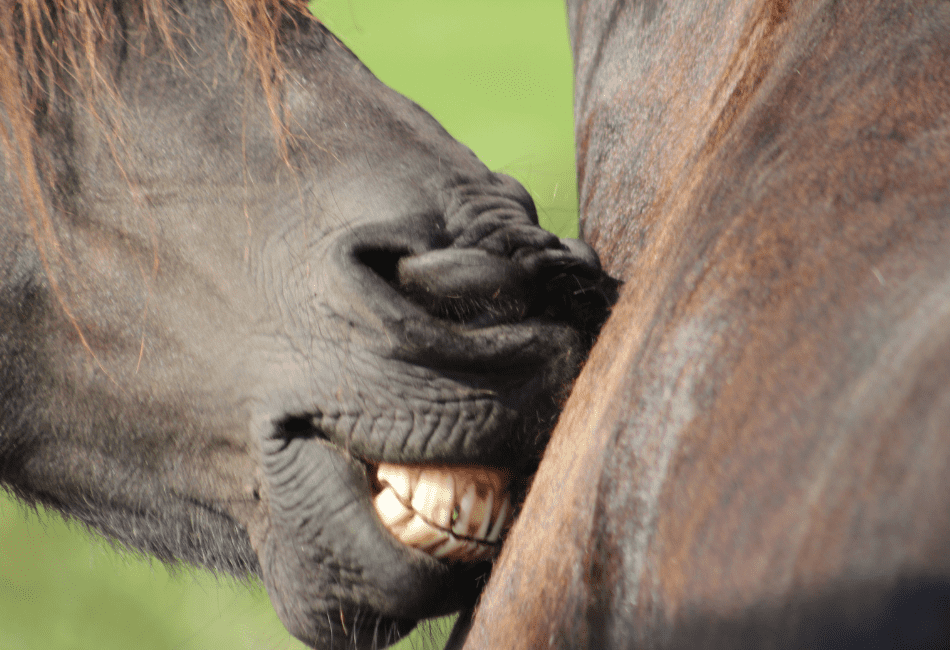
Another imperative need of a horse is a horse’s teeth and in particular, a senior horse needs to have its teeth to masticate properly. This is the first step in breaking down the food so it CAN be digested. Teeth with hooks or points don’t allow for mastication to take place.
Then guess what? Digestion is impaired. Following is the inability to absorb nutrients. You get the point from there ~ It trickles down the line like a domino effect. ThHn we have impaired health and well-being.
Environment Impacts How Long Horses Live
Horses need flat ground to roam around on freely. Horses that are stalled need time in the day to be turned out to an open area or pasture. They are so large that to be stalled would be like one of us humans standing in one spot all day long.
The most ideal situation is for a horse to be able to forage the herbs it intuitively knows it needs. Horses have been doing this since the beginning of time. Important to know is that Yellow Star Thistle is toxic for horses. Make sure your pasture is clear of this thistle and if you do find it, by all means, do not use Round-Up. Round-Up or Glyphosate is even more toxic.
BodyWork/Holistic Modalities
And speaking of sentient beings above, since sentience means the ability to feel, perceive, and experience independently, your horse may exponentially benefit from Holistic forms of bodywork or modalities.
As horses age, just like we humans, we can use some help along the way if you know what I mean! Some of the main ones I’ve implored in working with horses has been Wholistic Touch, Bowen Therapy, Cold Laser Therapy, Crystals, essential oils, herbs, oil infusions, and of course Homeopathy. I can tell you from years of doing sessions with horses that they receive and respond beautifully to energetic methods.
In a Wholistic Touch session, you can’t help but see the head drop, the eyes soften, the musculature relax, jaw tension release, pronounced licking and chewing, and nostril expansion. In other words, a ton of bricks just came off their shoulders. They feel heard and understood maybe for the first time ever as they release emotional wounds.
You can directly influence a horse’s life by giving them holistic bodywork sessions. Some of which you can learn to do yourself, and talk about spending quality time with your horse!!! It doesn’t get any better than that. To share such a feeling of peace and relaxation together. Then when you are in the saddle, that sense of Oneness can be felt clear as day.
